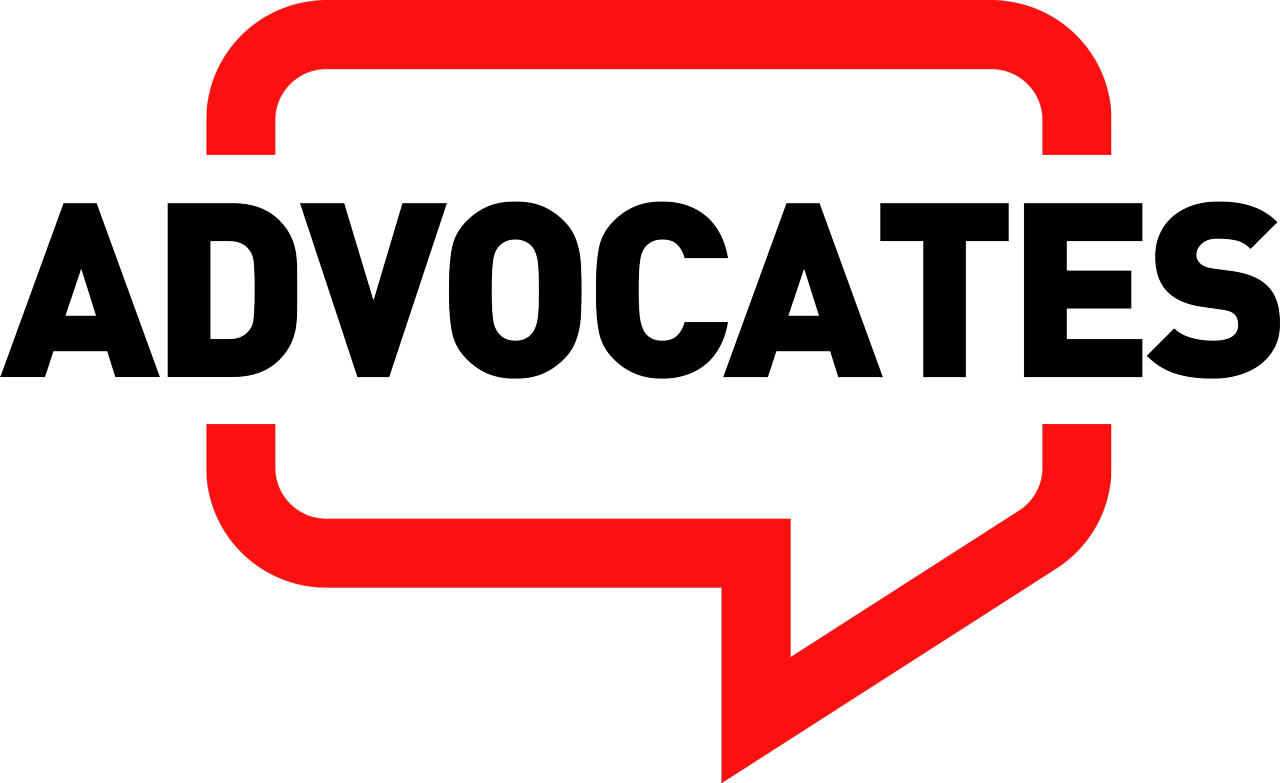NATIONAL
Advocates Philippines
Philippine Inflation Eases To 0.9% In July 2025, Lowest In Over A Year
Photo credit: DA
The Philippines continued to see a steady slowdown in inflation, as the headline rate eased to 0.9 percent in July 2025, down from 1.4 percent in the previous month. This marks the lowest level in over a year and brings the average inflation for the first seven months of 2025 to 1.7 percent. A year ago, in July 2024, the inflation rate was significantly higher at 4.4 percent.
The continued decline in inflation is largely attributed to lower increases—or outright decreases—in key commodity groups. Most notably, the housing, water, electricity, gas, and other fuels index slowed to 2.1 percent in July from 3.2 percent in June. This was followed by a decline in the prices of food and non-alcoholic beverages, which registered a 0.2 percent drop in July after a slight increase the month prior. Transport costs also contributed to the easing, posting a faster annual decline of 2.0 percent in July compared to 1.6 percent in June.
Several other categories saw slower price increases, including education services and personal care. However, some sectors registered upticks in inflation. Alcoholic beverages and tobacco, clothing and footwear, health, information and communication, as well as restaurants and accommodation services all posted modest increases in their year-on-year rates.
Despite these upward adjustments in some commodity groups, the largest contributors to the overall inflation in July were still housing-related expenses, which accounted for nearly half of the total headline rate. Restaurants and accommodation services, along with alcoholic beverages and tobacco, also made noticeable contributions.
Food inflation in particular showed a marked improvement, falling by 0.5 percent in July after a minor increase of 0.1 percent in June. A key driver of this trend was the continued drop in rice prices, which declined by 15.9 percent year-on-year, deepening the fall seen in June. The prices of vegetables, tubers, and fruits also declined or grew at a slower pace. Notably, the price of corn also recorded a sharper annual decrease. Meanwhile, some food items such as flour-based products, fish, and oils and fats saw slightly faster price growth compared to the previous month.
Core inflation—which excludes volatile items like food and energy—rose slightly to 2.3 percent in July from 2.2 percent in June, but remained well below the 2.9 percent rate observed a year ago.
In Metro Manila or the National Capital Region (NCR), the inflation rate also moved lower, settling at 1.7 percent in July from 2.6 percent in June. This slowdown mirrored the national trend, driven again by weaker increases in housing and utilities as well as food prices. Transport costs in NCR dropped more sharply than the month before, reinforcing the downward trend. Other sectors such as household furnishings, health, education, and restaurants showed slower price growth.
Outside the capital, inflation across the rest of the country (AONCR) followed suit, dipping to 0.7 percent in July from 1.1 percent in June. This decline was influenced mainly by falling prices in food and non-alcoholic beverages, particularly in cereals and vegetables. Slower increases were also observed in the housing and utilities sector, and transport costs dropped further. Several regions across the country reported either lower inflation rates or outright declines. Notably, Eastern Visayas, Northern Mindanao, Davao, SOCCSKSARGEN, and the Bangsamoro region saw year-on-year deflation in July.
The inflation report for July 2025 underscores a broader trend of easing price pressures across most sectors of the Philippine economy. While certain categories such as food products and household expenses continue to bear watching, the overall picture suggests inflation is currently well under control.
The continued decline in inflation is largely attributed to lower increases—or outright decreases—in key commodity groups. Most notably, the housing, water, electricity, gas, and other fuels index slowed to 2.1 percent in July from 3.2 percent in June. This was followed by a decline in the prices of food and non-alcoholic beverages, which registered a 0.2 percent drop in July after a slight increase the month prior. Transport costs also contributed to the easing, posting a faster annual decline of 2.0 percent in July compared to 1.6 percent in June.
Several other categories saw slower price increases, including education services and personal care. However, some sectors registered upticks in inflation. Alcoholic beverages and tobacco, clothing and footwear, health, information and communication, as well as restaurants and accommodation services all posted modest increases in their year-on-year rates.
Despite these upward adjustments in some commodity groups, the largest contributors to the overall inflation in July were still housing-related expenses, which accounted for nearly half of the total headline rate. Restaurants and accommodation services, along with alcoholic beverages and tobacco, also made noticeable contributions.
Food inflation in particular showed a marked improvement, falling by 0.5 percent in July after a minor increase of 0.1 percent in June. A key driver of this trend was the continued drop in rice prices, which declined by 15.9 percent year-on-year, deepening the fall seen in June. The prices of vegetables, tubers, and fruits also declined or grew at a slower pace. Notably, the price of corn also recorded a sharper annual decrease. Meanwhile, some food items such as flour-based products, fish, and oils and fats saw slightly faster price growth compared to the previous month.
Core inflation—which excludes volatile items like food and energy—rose slightly to 2.3 percent in July from 2.2 percent in June, but remained well below the 2.9 percent rate observed a year ago.
In Metro Manila or the National Capital Region (NCR), the inflation rate also moved lower, settling at 1.7 percent in July from 2.6 percent in June. This slowdown mirrored the national trend, driven again by weaker increases in housing and utilities as well as food prices. Transport costs in NCR dropped more sharply than the month before, reinforcing the downward trend. Other sectors such as household furnishings, health, education, and restaurants showed slower price growth.
Outside the capital, inflation across the rest of the country (AONCR) followed suit, dipping to 0.7 percent in July from 1.1 percent in June. This decline was influenced mainly by falling prices in food and non-alcoholic beverages, particularly in cereals and vegetables. Slower increases were also observed in the housing and utilities sector, and transport costs dropped further. Several regions across the country reported either lower inflation rates or outright declines. Notably, Eastern Visayas, Northern Mindanao, Davao, SOCCSKSARGEN, and the Bangsamoro region saw year-on-year deflation in July.
The inflation report for July 2025 underscores a broader trend of easing price pressures across most sectors of the Philippine economy. While certain categories such as food products and household expenses continue to bear watching, the overall picture suggests inflation is currently well under control.
Aug 5, 2025
We are dedicated storytellers with a passion for bringing your brand to life. Our services range from news and media features to brand promotion and collaborations.
Interested? Visit our
Contact Us page for more information. To learn more about what we offer, check out our latest article on services and opportunities.


